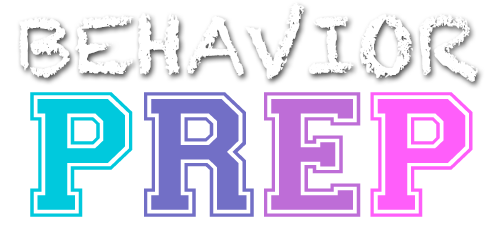C.3 Measure occurrence
In applied behavior analysis (ABA), measurement procedures are used to quantify and record various aspects of behavior. Frequency, rate, count, and percentage are commonly used measurement procedures in ABA. Here’s a definition and examples of each:
Frequency
Frequency is a measurement procedure that captures the total number of times a behavior occurs within a given time period. It provides a count of how often a behavior is observed or recorded.
Example: Suppose a behavior analyst is tracking a child’s instances of hand raising during a classroom session. If the child raises their hand ten times during the session, the frequency of hand raising is recorded as 10.
Rate
Rate is a measurement procedure that calculates the frequency of a behavior occurrence per unit of time. It provides information about the speed or intensity of behavior within a specific time frame.
Example: Let’s consider a behavior intervention targeting the behavior of verbal requests made by a child. If the child makes 20 verbal requests within a 10-minute observation period, the rate of verbal requests would be calculated as 2 requests per minute.
Count
Count is a measurement procedure that simply involves tallying the total number of occurrences of a behavior without considering the time frame. It provides a cumulative total of the behavior instances.
Example: In a study focusing on a child’s instances of head-banging behavior, the behavior analyst records a count of 15 head-banging instances throughout the entire observation period, regardless of the duration of the session.
Percentage
Percentage is a measurement procedure that expresses the ratio of a behavior occurrence to the total opportunities for the behavior. It provides a relative measure of the behavior in relation to the given opportunities.
Example: Suppose a behavior analyst is monitoring a student’s correct responses during a math worksheet session. If the student answers 40 out of 50 questions correctly, the percentage of correct responses would be calculated as 80% (40/50 × 100).
These measurement procedures are essential in ABA for quantifying behavior, tracking behavior change over time, evaluating intervention effectiveness, and making data-driven decisions. Selecting the appropriate measurement procedure depends on the nature of the behavior, the goals of the assessment, and the specific measurement needs of the analysis.
